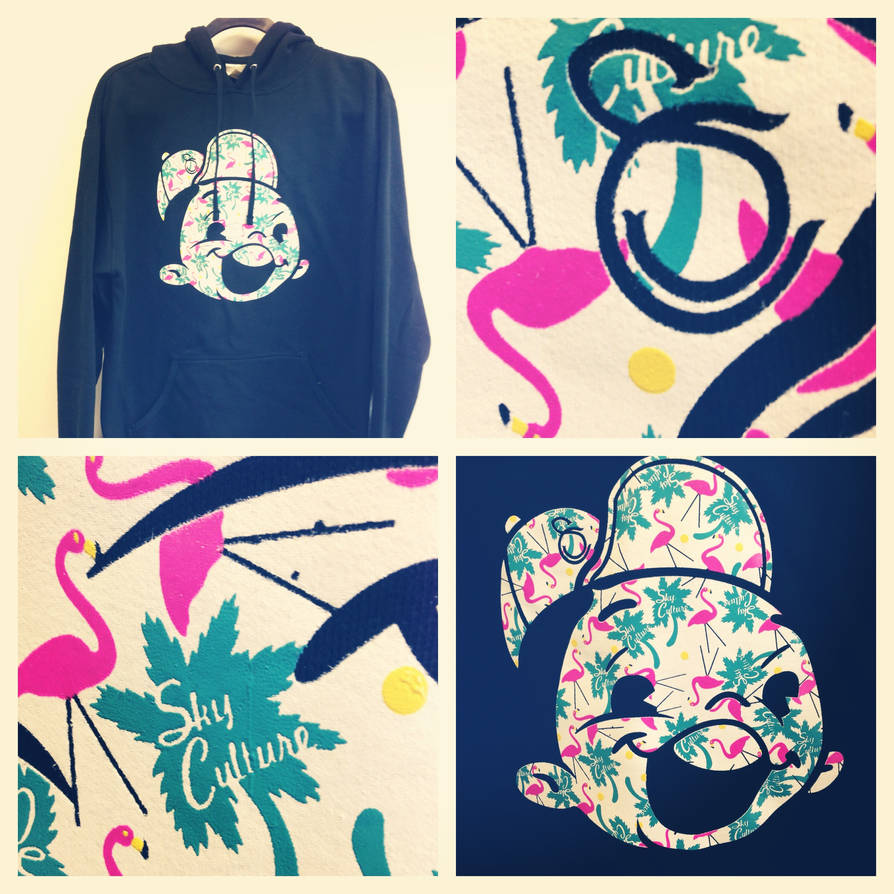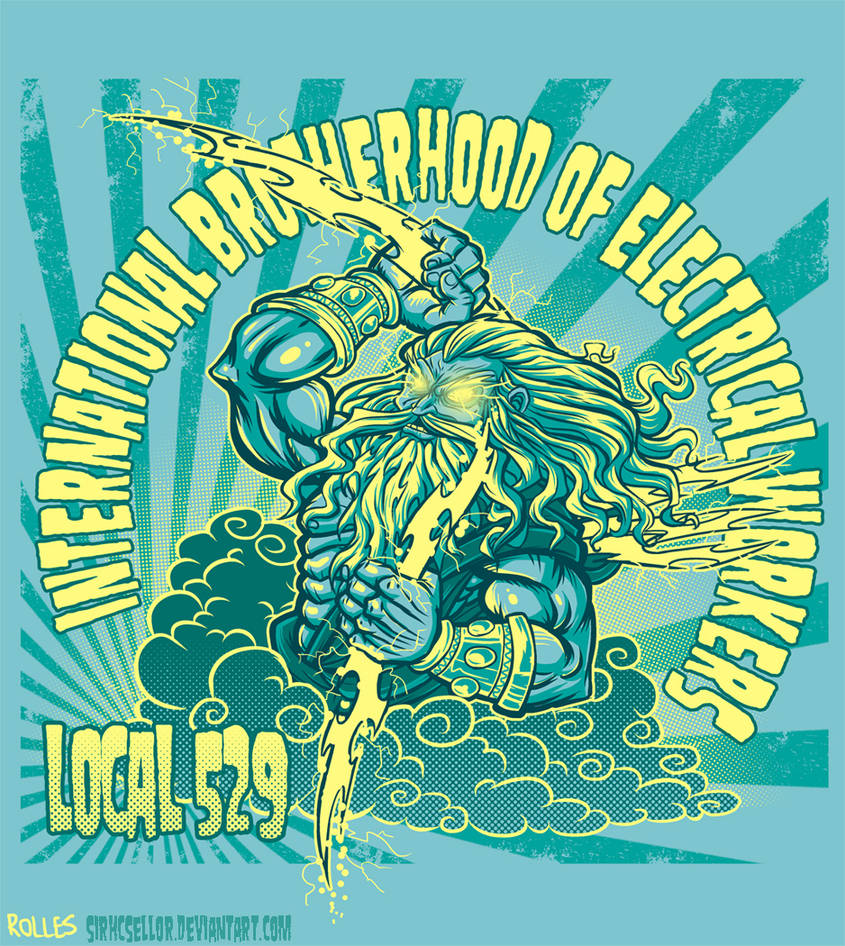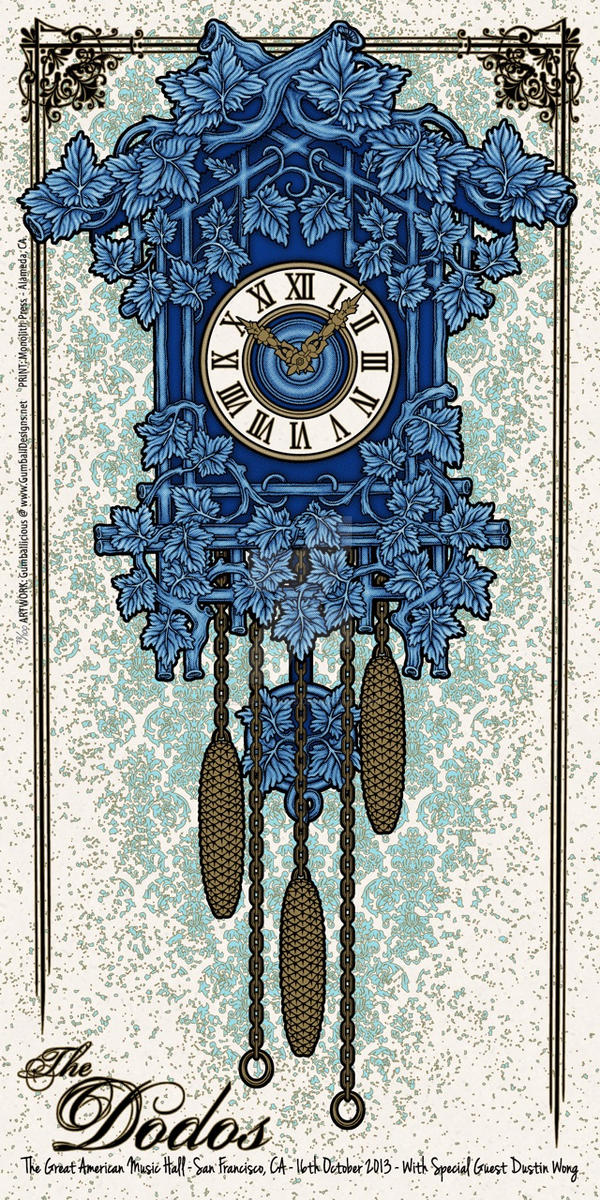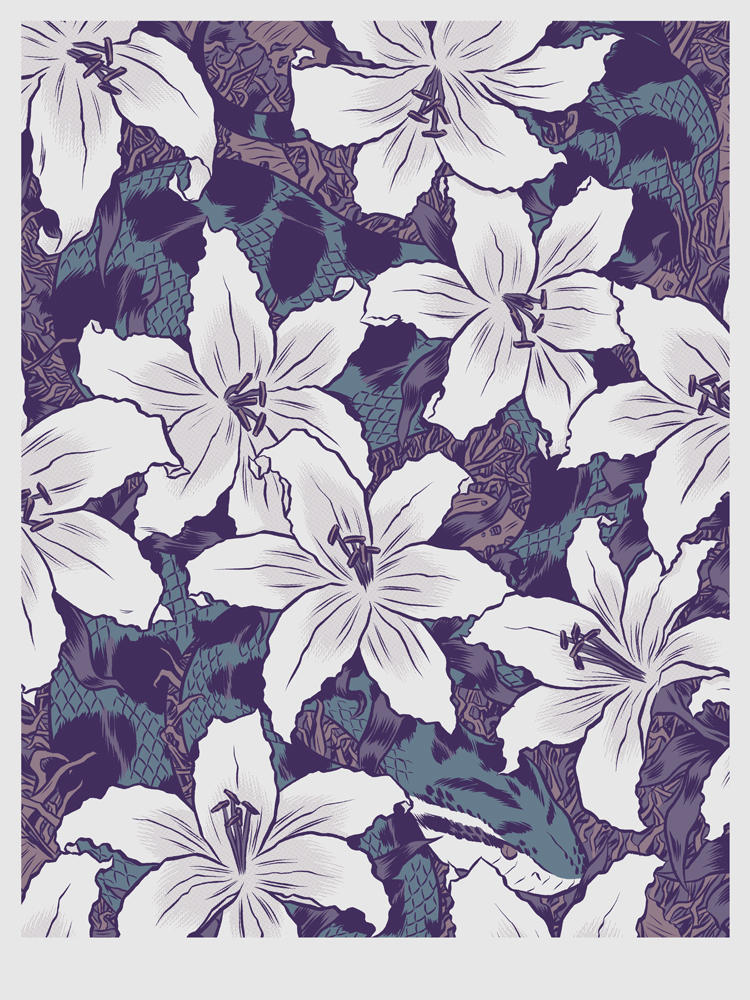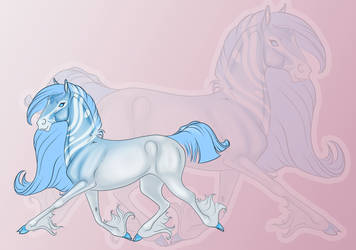Today I will discuss some basic information about Silk Screen printing and hopefully draw more interest to this wonderful and fun art form. Silk Screen Printing is used in a variety of professional fields these days and produces beautifully vibrant images that often appear digital in nature due to their vibrance. Silk Screen printing is also often used to print designs and logos onto T-shirts or other apparel - you probably own something that was silk screen printed!
Let's go ahead and dive right in, shall we?
Process
Generally a digital image is made that is printed as a transparency which is then used to get the image on the screen with some help using emulsion. The 'exposure unit' then burns away the unnecessary emulsion leaving behind a clean area in the mesh with the identical shape as the desired image.
After printing and cleaning the screen, screens are held up to the light to make sure no small holes are present in areas that are not part of the design. These holes are generally covered with masking tape to prevent ink leaking through them. You will also want to tape the edges of your screen as well to prevent ink from leaking through.
Once the screen is ready to be used you can work on getting ready to print with it. You'll want to set things up so that you can easily realign everything if you are printing multiple colors, otherwise, you can get a dab of the color of ink that you wish to use above the design, grab your squeegee and pull the paint across the design on the screen, pressing the ink onto the T-shirt or poster etc.
Now that we have an understanding of the process involved, let's take a look at supplies needed.
Inks
Plastisol
Plastisol is the most common ink used in commercial garment decoration. Good colour opacity onto dark garments and clear graphic detail with, as the name suggests, a more plasticized texture. This print can be made softer with special additives or heavier by adding extra layers of ink. Plastisol inks require heat (approx. 150°C (300°F) for many inks) to cure the print. -wikipedia
PVC and Phthalate Free
PVC and Phthalate Free is relatively new breed of ink and printing with the benefits of plastisol but without the two main toxic components. It also has a soft texture. -wikipedia
Suede Ink
Suede ink is a milky coloured additive that is added to plastisol. With suede additive you can make any color of plastisol have a suede feel. It is actually a puff blowing agent that does not bubble as much as regular puff ink. The directions vary from manufacturer to manufacturer, but generally up to 50% suede can be added to normal Plastisol. -wikipedia
Water-Based inks
these penetrate the fabric more than the plastisol inks and create a much softer feel. Ideal for printing darker inks onto lighter coloured garments. Also useful for larger area prints where texture is important. Some inks require heat or an added catalyst to make the print permanent. -wikipedia
Cracking ink
Cracking ink effect is when the ink produces an intentional cracked surface after drying. -wikipedia
Discharge inks
Discharge ink is used to print lighter colours onto dark background fabrics, they work by removing the dye of the garment – this means they leave a much softer texture. The cons with this process is that they are less graphic in nature than plastisol inks, and exact colours are difficult to control. One of the pros of using this process is they are especially good for distressed prints and under-basing on dark garments that are to be printed with additional layers of plastisol. It adds variety to the design or gives it that natural soft feel. -wikipedia
Expanding ink (puff)
Expanding ink, or puff, is an additive to plastisol inks which raises the print off the garment, creating a 3D feel and look to the design. Mostly used when printing on apparel. -wikipedia
Squeegee
Squeegees come in different sizes and firmness. You may want to experiment with different ones to decide which ones you prefer and work best for you and your art.
Tape
Pretty much any kind of tape will work, though masking tape does the trick nicely and you can remove it later if you ever needed to with little to no hassle.
Silk Screen
Obviously you will need this also for silk screen printing.
Dryers
If you plan on making T-shirts, you may also want to invest in a textile dryer. These dryers are used to heat the ink to a certain temperature so that it cures it into the fabric. While there are conveyer belt dryers on the market, I can't imagine that anyone other than a business that mass produces silk screen printed fabric would need one of those. There are also flash dryers available which are much smaller than conveyor belt driers, and definitely more portable and affordable as well.
While there is definitely more that can be said about Silk Screen Printing, I hope this basic overview is sufficient enough to answer some of the more basic questions and perhaps get more artists interested in this fun process.


